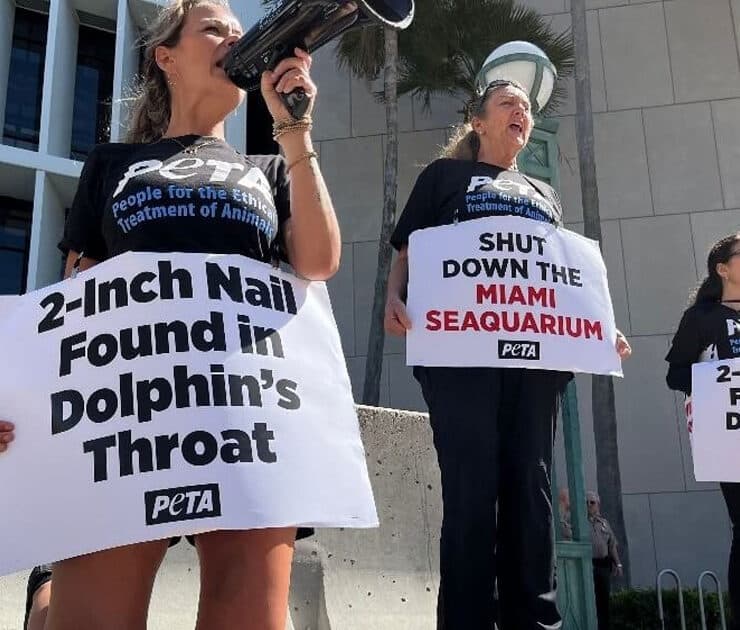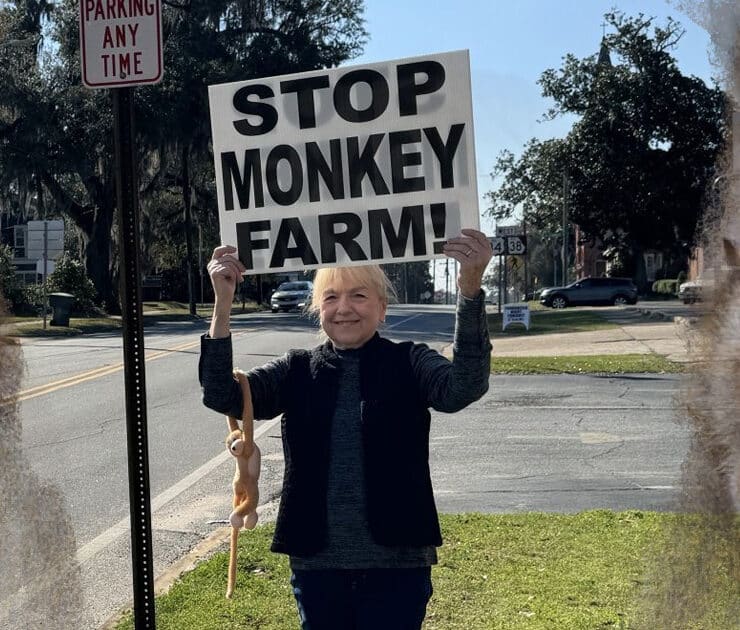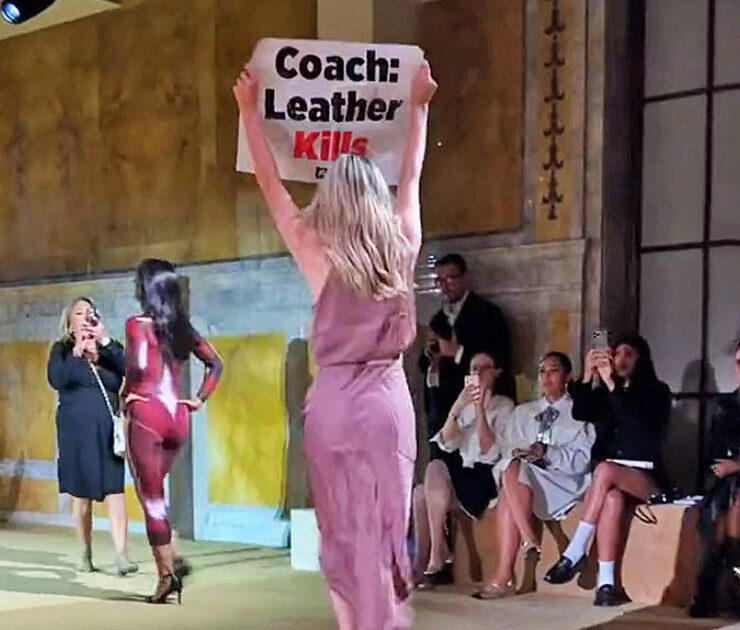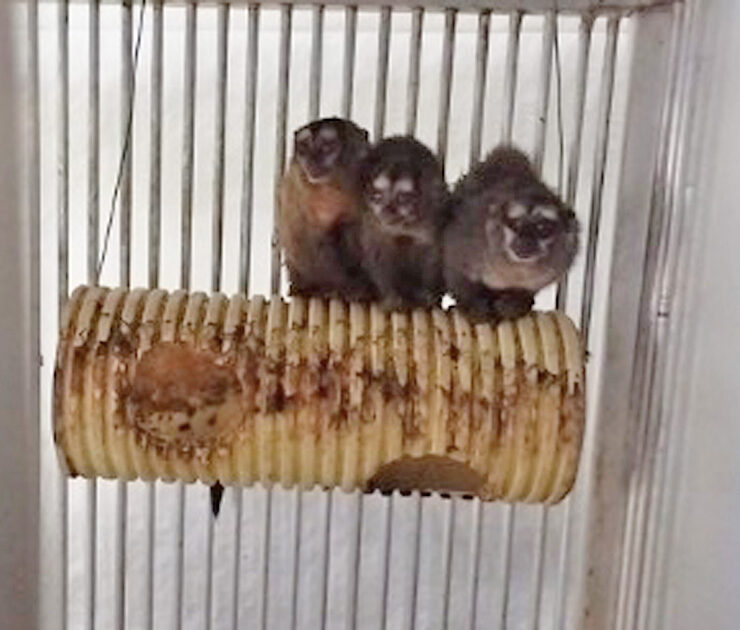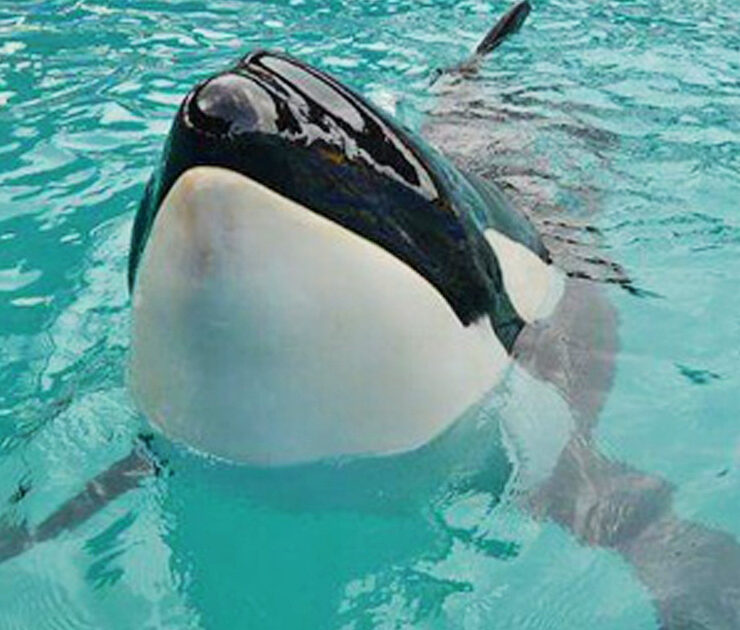Miami Seaquarium Agrees to Release Tokitae, the Oldest Orca in Captivity
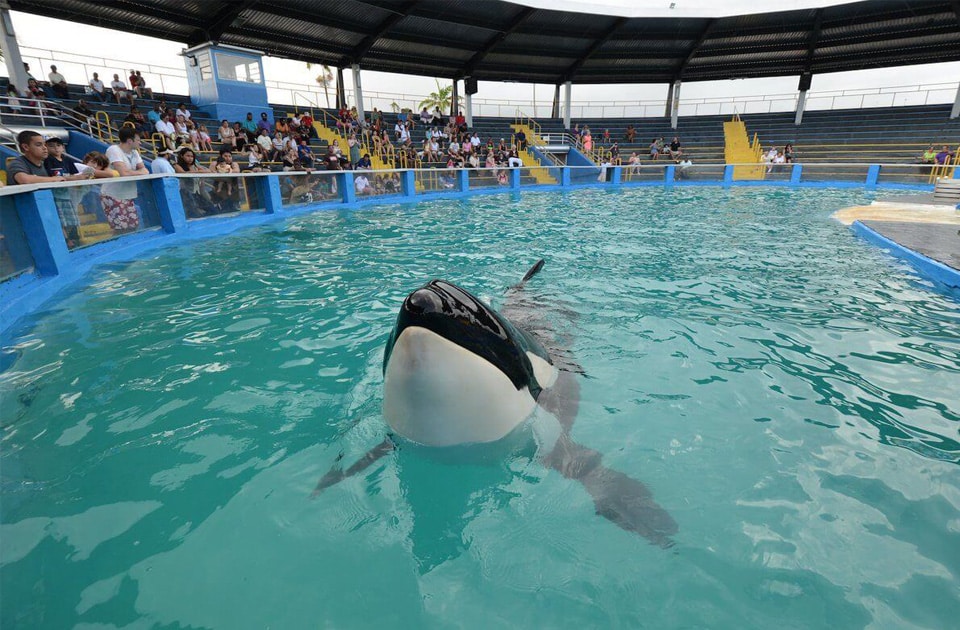
After decades of campaigning, plans have been set up to release Tokitae, the captive orca also known as Lolita, from Miami Seaquarium

Los Angeles, March 6, 2023 — The Miami Seaquarium has announced the signing of a formal and binding agreement with a group called the Friends of Toki to begin the process of returning Tokitae the Orca, named Lolita by the aquarium, to a marine enclosure in Puget Sound in Washington state — close to where she was violently abducted from the ocean more than 50 years ago. The news release states the Dolphin Company, which owns the aquarium, is “working toward and hope the relocation will be possible in the next 18 to 24 months.” Tokitae had been forced to perform for decades, and she is now the oldest orca in captivity, living in the smallest orca enclosure in North America.
Many animal protection organizations battled for decades to free her. Among them is the animal rights organization PETA, which continually reminded the world of Lolita’s imprisonment. UnchainedTV’s Jane Velez-Mitchell spoke to Jared Goodman, General Counsel of Animal Law at the PETA Foundation, and William Neal, the writer-producer-director of the brilliant feature documentary Long Gone Wild, currently streaming on UnchainedTV (a film which picks up where the famous documentary Blackfish ends).
CLICK THIS LINK TO WATCH LONG GONE WILD, FOR FREE, ON UNCHAINEDTV
AND, YOU CAN WATCH THE CONVERSATION WITH PETA’S LAWYER AND FILMMAKER NEAL BELOW.
How did Miami Seaquarium Agree to Release Lolita?
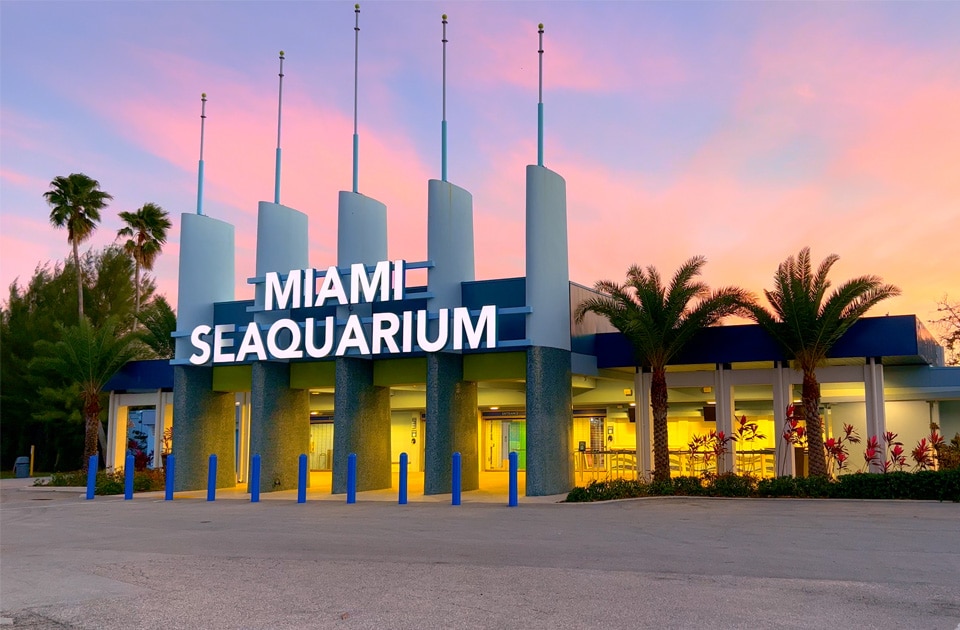
This historical decision is the result of the hard work of many people, including the elders of the Lummi Nation, the Friends of Toki, Sacred Sea, PETA campaigners, and others. When the aquarium changed owners, a new opportunity arose. Neal explained it:
“I give credit to the new ownership at the Miami Seaquarium for agreeing to go along with this. For years, prior owners just simply refused to even discuss the release of Toki, and so it’s just wonderful news that she’s headed home to her home waters and potentially to be reunited at some point even with her mother Ocean Son, who they believe is still there and about in her mid-90s right now.”
It seems that the daughter of the new owner, Eduardo Albor, had something to do with this, as PETA attorney Goodman explains:
“When he was considering taking over the Seaquarium, he went to a Lolita show with his daughter. And, she had to step out because she was so upset by the conditions in which she is held there.”
Tokitae is held in Miami Seaquarium in a tank about 80×35 feet and at its very deepest point is 20 feet. She is 21 feet long, so she can only go a few body lengths in any direction — not even a full body length down to the bottom.
The final factor leading to this decision might have been finding a financier. A very generous contribution from Jim Irsay, owner of the NFL’s Indianapolis Colts, for the project of Tokitae’s release, might have sealed the deal.
“The other orcas and dolphins held at marine parks are similarly, incredibly intelligent, complex beings, whose bare necessities and needs are not being met.” — Jared Goodman, General Counsel of Animal Law at the PETA Foundation
What will Happen Next?
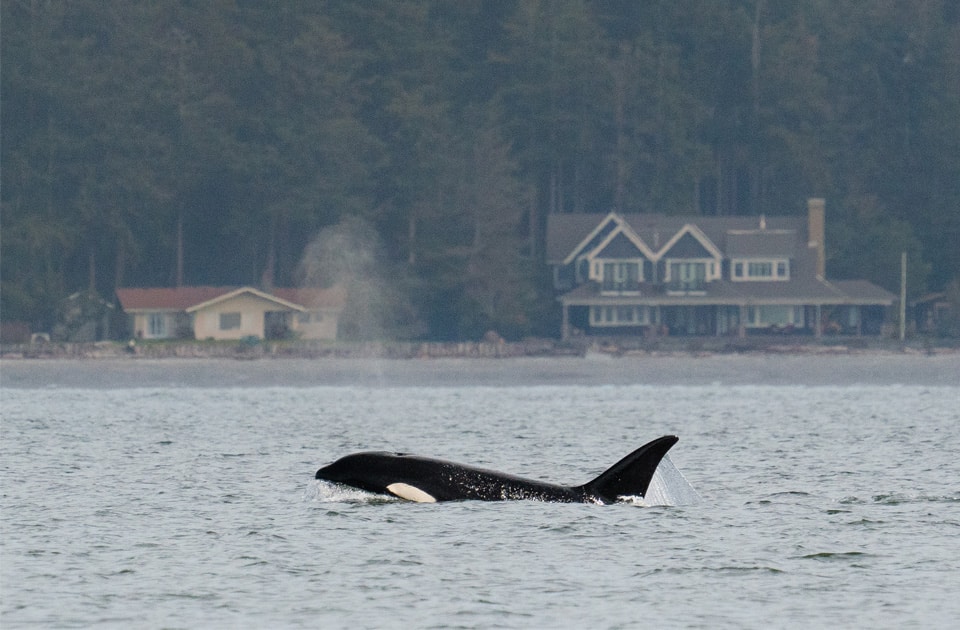
Tokitae will not be moved to a better home in the Pacific Northwest yet. That translocation may take up to two years to materialize. Goodman explains why:
“The reason why it’s going to take 18 to 24 months is twofold. There are government approvals that will be needed. Certain permits need to be sought and obtained to move her. And, then, she also needs to continue to be rehabilitated and trained to be able to make the move safely.”
The plan is not to release Tokitae straight back into the wild, but first into a marine enclosure where she will be gradually rehabilitated. The hope is that, perhaps in the future, and if it is in her best interest, she may be set completely free and be reunited with her family in the wild. Neal talks about her future home:
“There will be a net to prevent her from getting out so that veterinarians and other caregivers can take good care of her. They will feed her. She will get veterinarian care. All the things she’s getting in her tank. Only she will be able to be free and swim free in an area of roughly 300 times the size of the tank she’s in now. And there will be tides, there will be fish, there will be other animals.”
“Killer whales in the wild swim upwards of 80 to 100 miles every day and will dive as deep as 300 feet or more. So, when you compare that to what Lolita is in, it just exacerbates all that she has had to deal with all this time.”— William Neal, director of Long Gone Wild
What's Your Reaction?
Jordi Casmitjana is a vegan zoologist and author.





